The last thing I expected to see in the Holy Land was a vineyard, which, given the fabled wedding of Cana, was somewhat silly of me. Back in 1967, when Israel seized the Golan Heights from Syria in the closing stages of the six-day war, I don’t for a minute imagine that growing wine was top of its reasons for doing so. But in 1976, after a failed attempt by Syria to reclaim the area during the Middle East War in 1973 (when the heavy tank action resulted in the valley being christened the Valley of Tears), the first planting took place. Now, about 1500 acres are home to 17 vineyards, 16 of which are on Golan Heights and one is in Upper Galilee. Each of the vineyards is within a 40/50 minute drive of the winery in Katzrin.
The hills and mountains in the region climb from 400 to 1200 metres and the three wine regions produce just about all the wines I’m familiar with … and more. The Golan Heights winery itself is owned by four kibbutzim (collectives), four moshavim (cooperatives) and the Galilee and Golan Heights Vineyards, Inc. It’s here that 40% of Israeli wine exports is produced alongside 20% of the local market share. Suitable soils, high altitudes, and the right topography caught the attention of some visiting experts from California who reckoned the region was perfect for vine growing – volcanic soil, rich in acid, that drains well. Ancient stones unearthed show reliefs of grapes and suggest that this wasn’t exactly a new idea, just one that had perhaps lapsed over the years.
Northern Golan is home to Chardonnay, Sauvignon Blanc, Riesling, Viognier and Pinot Noir (and others I didn’t recognise). Central Golan has the Cabernet Sauvignon, Merlot, Syrah (and more I’ve never come across). And Southern Golan has Muscat Canelli as well as its share of Cabernet Sauvignon and Syrah. You can ski on Mount Hermon in the winter and an hour later, swim in the Sea of Galilee. Something for everyone.
About 300 hundred containers ranging in size from the massive 200,000 litre tanks to the much smaller 1000 litre ones hold enough wine to fill 5.8 million bottles each year. Every tank is precisely controlled to ensure that its contents do what they need to do before being aged in French oak barrels, each with a working life of no more than six years. White wines age from 6 to 8 months while the reds go from 6 to 26 months, depending on the age of the barrel. Humidifiers run constantly to keep the wood from cracking and to prevent the wine evaporating through the walls. The history of each barrel is captured on a computerised bar code and the assembly line is mind-boggling to watch.

Everyone has his job… from ensuring that the labels go on straight, to adding the inserts, to unboxing previously boxed wines for specialised branding. I could have watched it for hours. Anywhere from15 to 20% of the bottles are boxed and then later, once the orders come in, unboxed and labelled for US, German, Far Eastern, and domestic markets. A massive blue Japanese robot called Bottleman lifts the boxes onto pallets in preparation for their journey to the table. Everything runs like clockwork. It’s hard to believe such capacity, used as I am to the family wineries in Hungary where the closest thing I’ve seen to a conveyor belt is granny passing the bottle to grandad to fill it from the barrel.
The wine-tasting that followed included instructions on everything from how to properly use a corkscrew to which wine is best to eat with ice cream. And they certainly ain’t cheap. I was tempted by the Yarden Muscat as it has brandy added to it (that’s a combination I haven’t tried before), but invested instead in a bottle of Rosé to be broken open on some special occasion.
Interesting how this was one of my favourite spots this trip – and not a cross or a relic to be seen anywhere.
Share this:
- Click to share on X (Opens in new window) X
- Click to share on Facebook (Opens in new window) Facebook
- Click to share on Pinterest (Opens in new window) Pinterest
- Click to share on LinkedIn (Opens in new window) LinkedIn
- Click to share on Reddit (Opens in new window) Reddit
- Click to share on WhatsApp (Opens in new window) WhatsApp
- Click to share on Pocket (Opens in new window) Pocket
- Click to share on Telegram (Opens in new window) Telegram
- Click to email a link to a friend (Opens in new window) Email


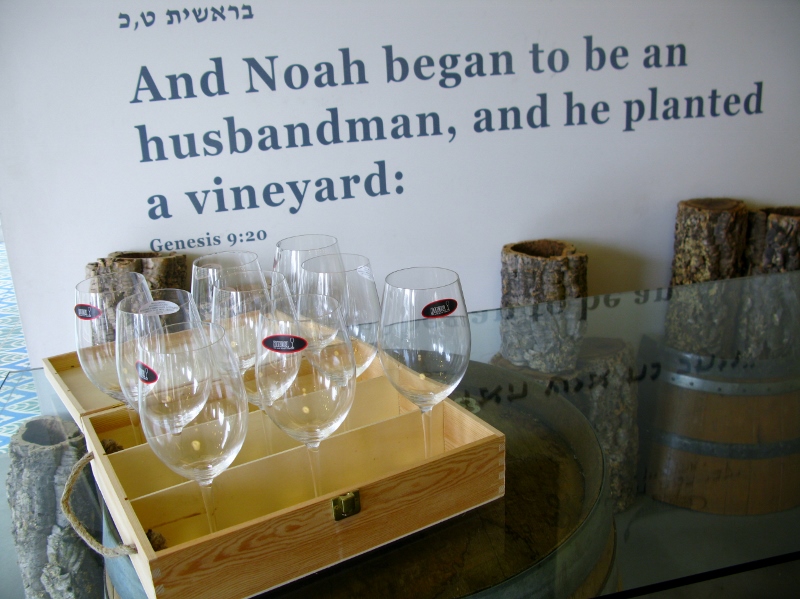

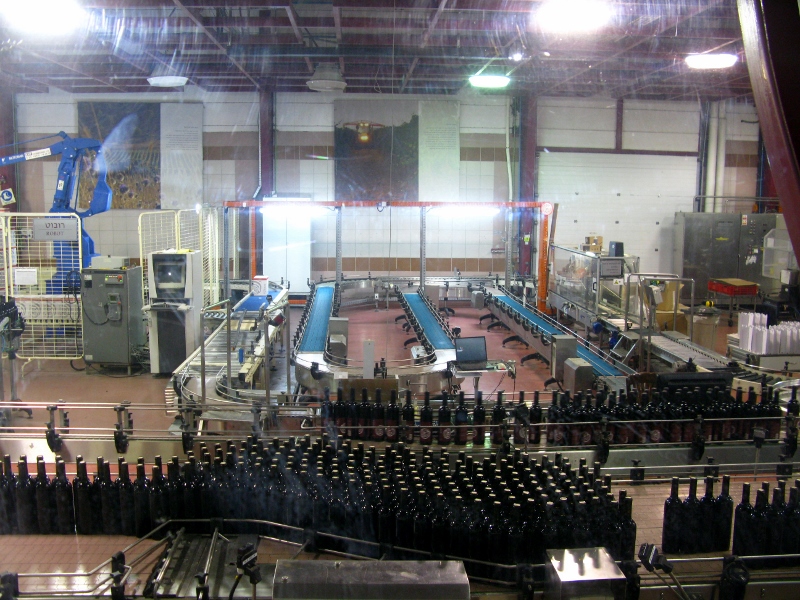
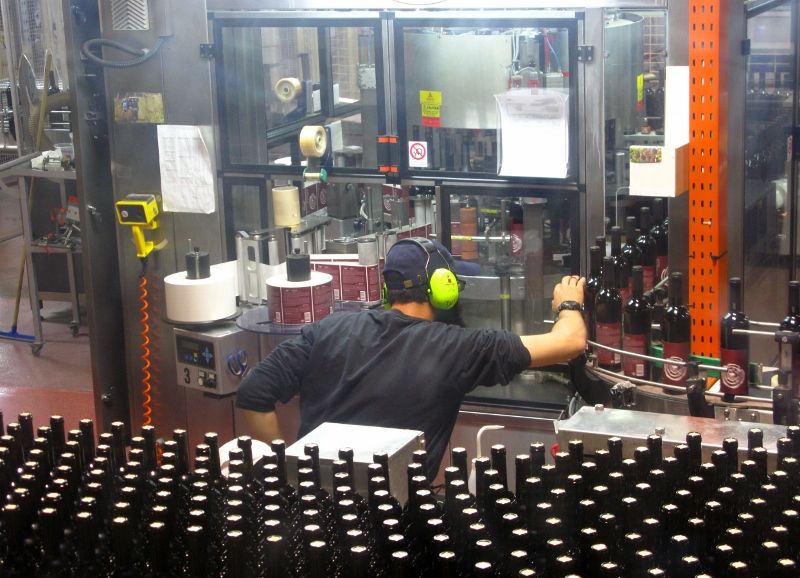

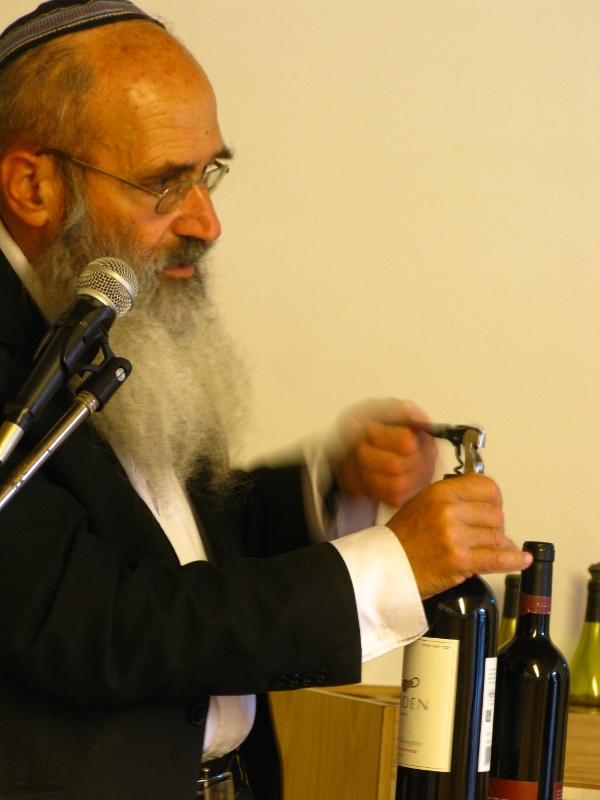


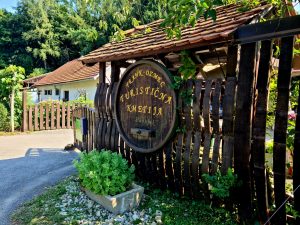



2 responses